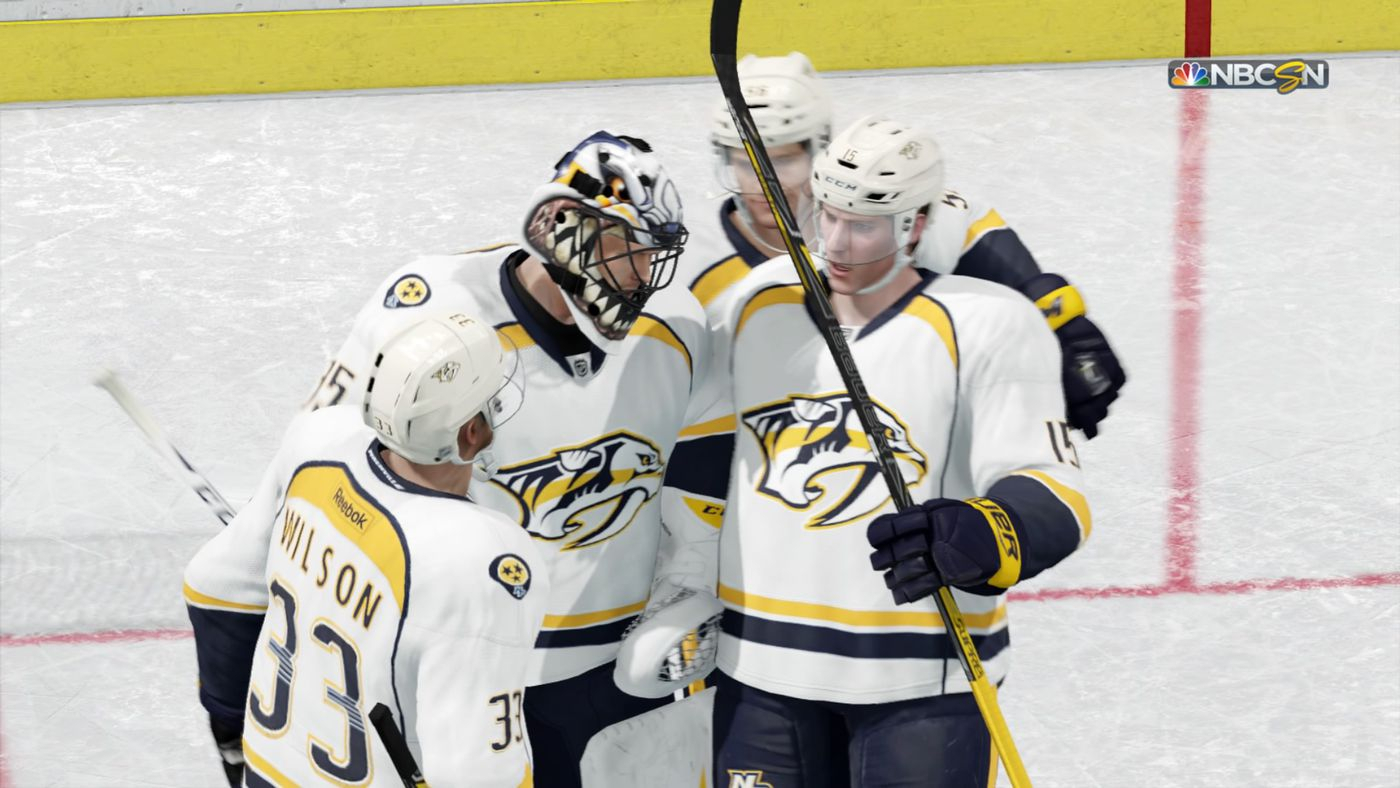

The first record of an organized women's team reports one formed at Queen's University in Kingston, Ontario. Misogyny in ice hockey however became more evident in the late part of the 1900s and remains a complex subject. A combination of factors crippled the growth of the female game by creating restrictions, namely those related to climate, a lack of interest among the female population, body checking, and a lack of girls and women to participate. In addition, body checking was still a part of the female category of the sport, causing further discouragement, until it began to be removed in the mid-1980s in Canada after which registrations increased. The fact that males in comparison to females have a biological advantage which impacts athletic performance including factors such as physical size, mass, weight, and power, all served as a major deterrent for potential female participants. Since registrations were low prior to the mid-1980s, female players had few options when it came to finding other girls to play with and against and felt intimidated by the fact that they had to compete against boys and men. Until indoor ice rinks became more widespread, all players, male or female, had to play outdoors where ice was available and could be found. In the beginning, ice hockey was only played by either sex in the areas of North America which had the right climate that would make a winter season possible, restricting the growth of the sport. In Canada, participation among girls and women in ice hockey by the 1980s registered less than six thousand players nationwide. From the late 1800s, when the sport first began to organize formally, and throughout most of the 1900s, national ice hockey associations found little evidence of existing interest among the female population in regards to participation in ice hockey while substantial interest existed for participation in other winter sports such as figure skating and broomball. Historically, organized women's ice hockey has only developed relatively recently as an enduring phenomenon. Modern organized sports did not exist until after the industrial age. Women have participated in organized ice hockey and other sports from the late nineteenth century onwards. The subject has been extensively discussed in both media and academia, with many women in the sport increasingly speaking out about the extent of misogyny in hockey and its negative impact on the sport. This phenomenon includes issues related to sexism and male chauvinism. Misogyny in ice hockey refers to the discourses, actions, and ideologies which are present in ice hockey, environments which contribute to the discrimination against women in the sport as well as their absence from it.


 0 kommentar(er)
0 kommentar(er)
